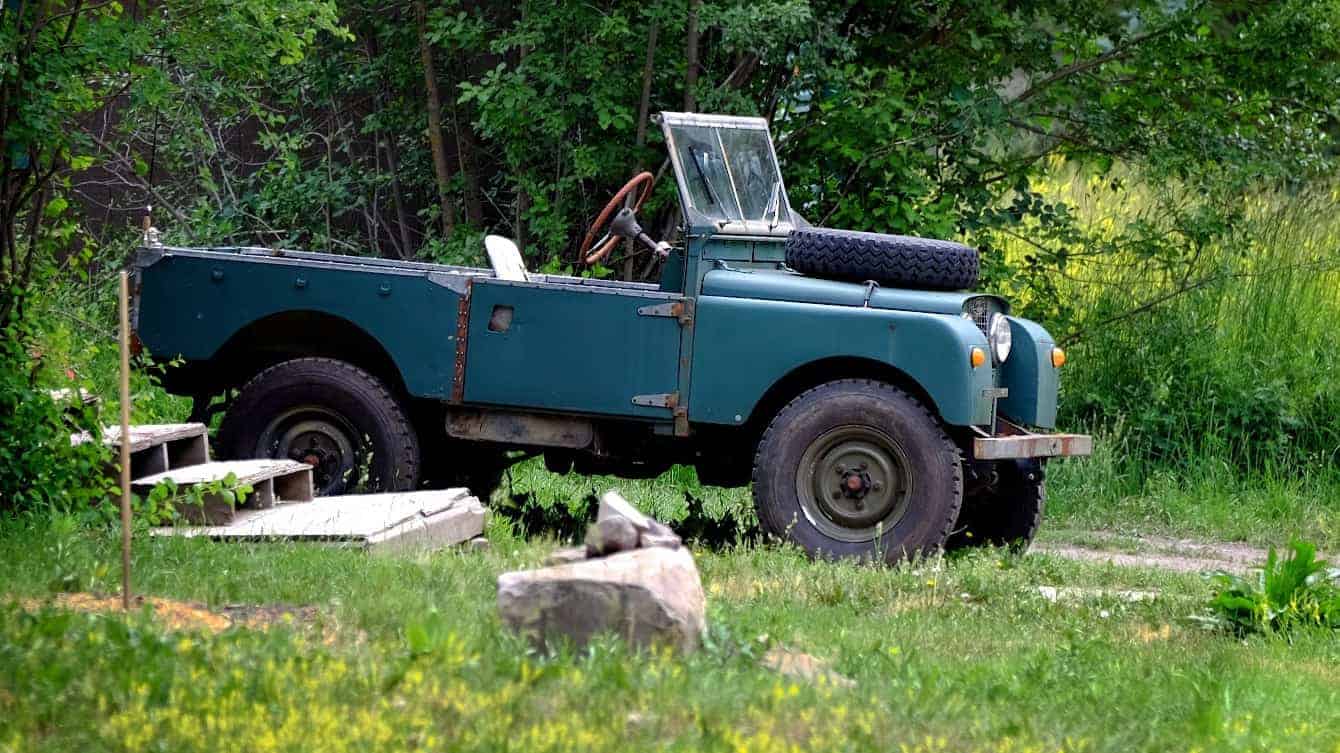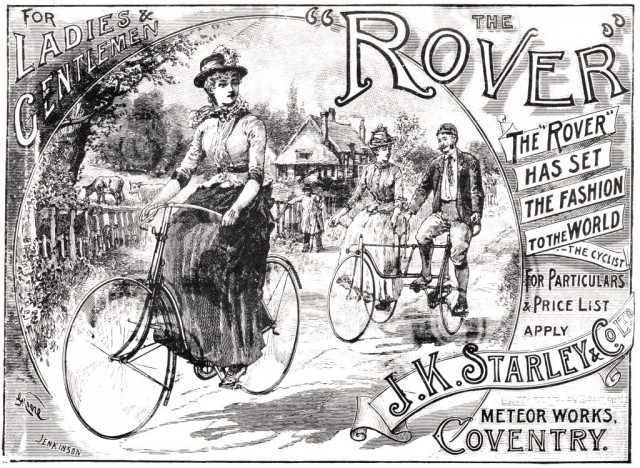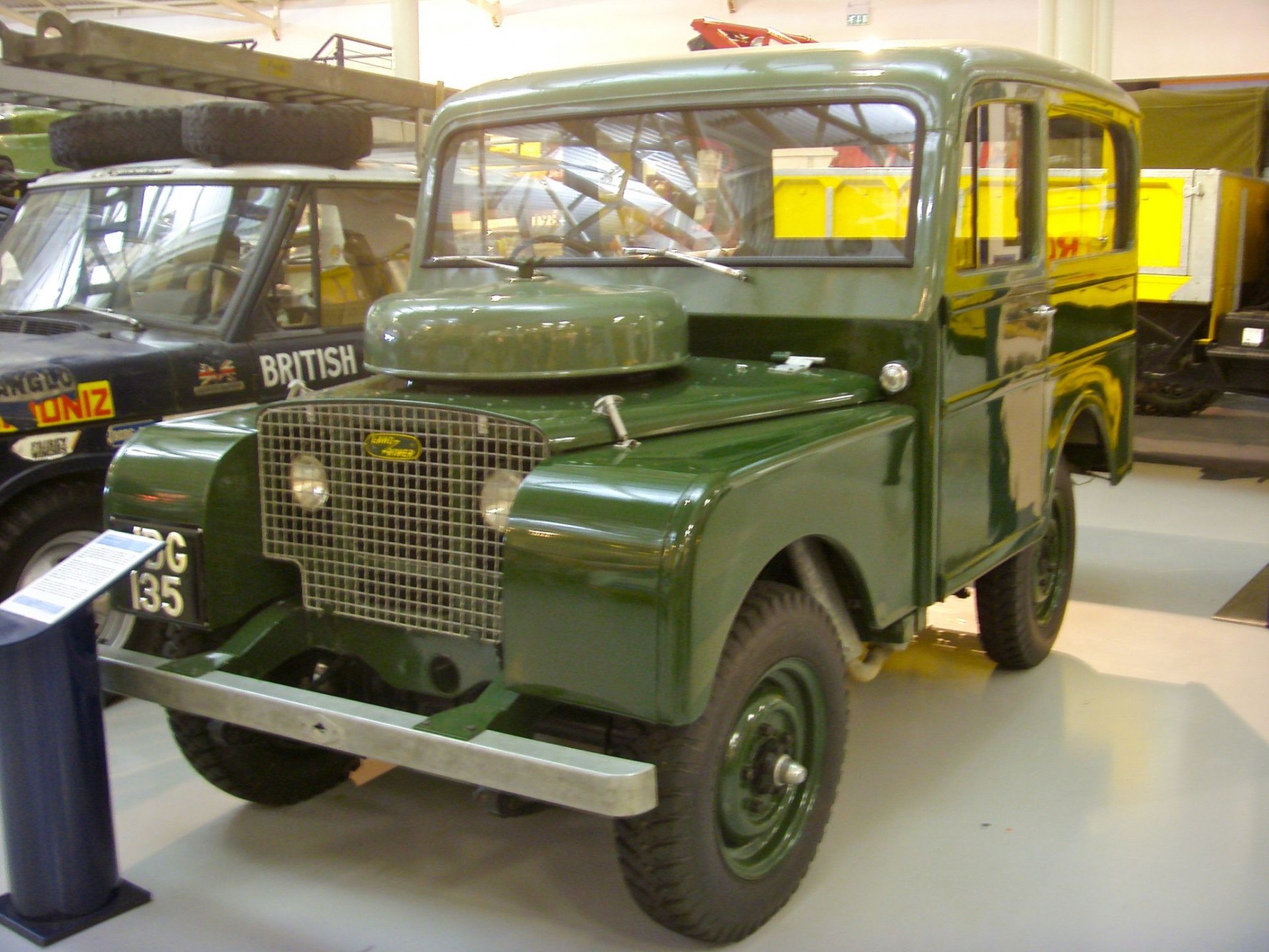What do the Wright brothers, Triumph motorcycles, and the Series 1 Land Rover all have in common? They can all trace their roots back to bicycles.
Hard as it may be to believe, but one of the world’s most iconic 4x4s can trace its DNA to, of all things, a tricycle. The year was 1878 and two men from Coventry, England named John Kemp Starley and William Sutton set out to start the Starley and Sutton Company. Their first product, released in 1883, was a tricycle but that proved to be of little consequence. The big moment in history, perhaps as pivotal to cycling as it was to automotive history, came a couple of years later when Starley invented the Rover Safety Bicycle.
Prior to that year, the common bicycle format was the high-wheeled penny farthing which was not only difficult to ride, it was horrifically dangerous. J.K. Starley had the idea to create a bike with equal sized wheels, a low center of gravity, a chain driven rear wheel, and an easily steered front wheel. That year was 1885. The bicycle hasn’t changed since.
More importantly, that engineering success brought the financial resources for Starley to eventually develop other machines like motorcycles and of course, automobiles. By the late 1900s, he had removed Sutton’s name from the front door and changed the entity to The Rover Comapny, a moniker that paid homage to that first engineering breakthrough. The Polish word for bicycle is, rower. The Belarusian word for bicycle is, rovar. It may not be obvious etymology, but those two words combined to form Rover, and the rest as they say, is history.
By the late 1920s, the Rover Company had fully transitioned into the automotive sector, but with only moderate success. The stars would align for the Rover brand in 1928 when Spencer Wilks was brought on board and eventually joined by his brother Maurice.
The defining moment would come in the mid 1940s after the war. With his experience as a chief engineer for Hillman Motor Car Company, Maurice began to conceive of a new type of vehicle designed to meet the unique demands of the working farmer. Inspired by the military Willies vehicle used by American servicemen, and a resident of a working farm himself, the first Land Rover began to take shape.
In 1947 Maurice and Spencer had laid the groundwork for the Land Rover company and their one and only model was to be the foundation for the budding business. They took their concept to the Amsterdam Motor Show where it was a smash hit. Orders where forthcoming, including strong contracts with the British military.
The first Series I vehicles, as they were eventually known, were painted with various shades of green. Not by choice, but because there was a surplus of military green paint, shades previously used in the cockpits and exteriors of airplanes.
For the next few years, the Series I would become a valuable workhorse for farmers throughout Britain. It would receive a number of alterations, upgrades, and refinements through 1958 when a considerable change was made to the vehicle, enough to warrant the designation of Series II.
Earlier this year, Land Rover announced they were planning to rebuild a limited number of Series I Land Rovers using existing inventory of actual trucks and parts. There are not many vehicles in the world that have made such an impact on automotive history as that first Land Rover. When I come across one, parked in a lot or trundling down a bumpy road, I have to think of where it all began. With a bicycle in Coventry, England.




